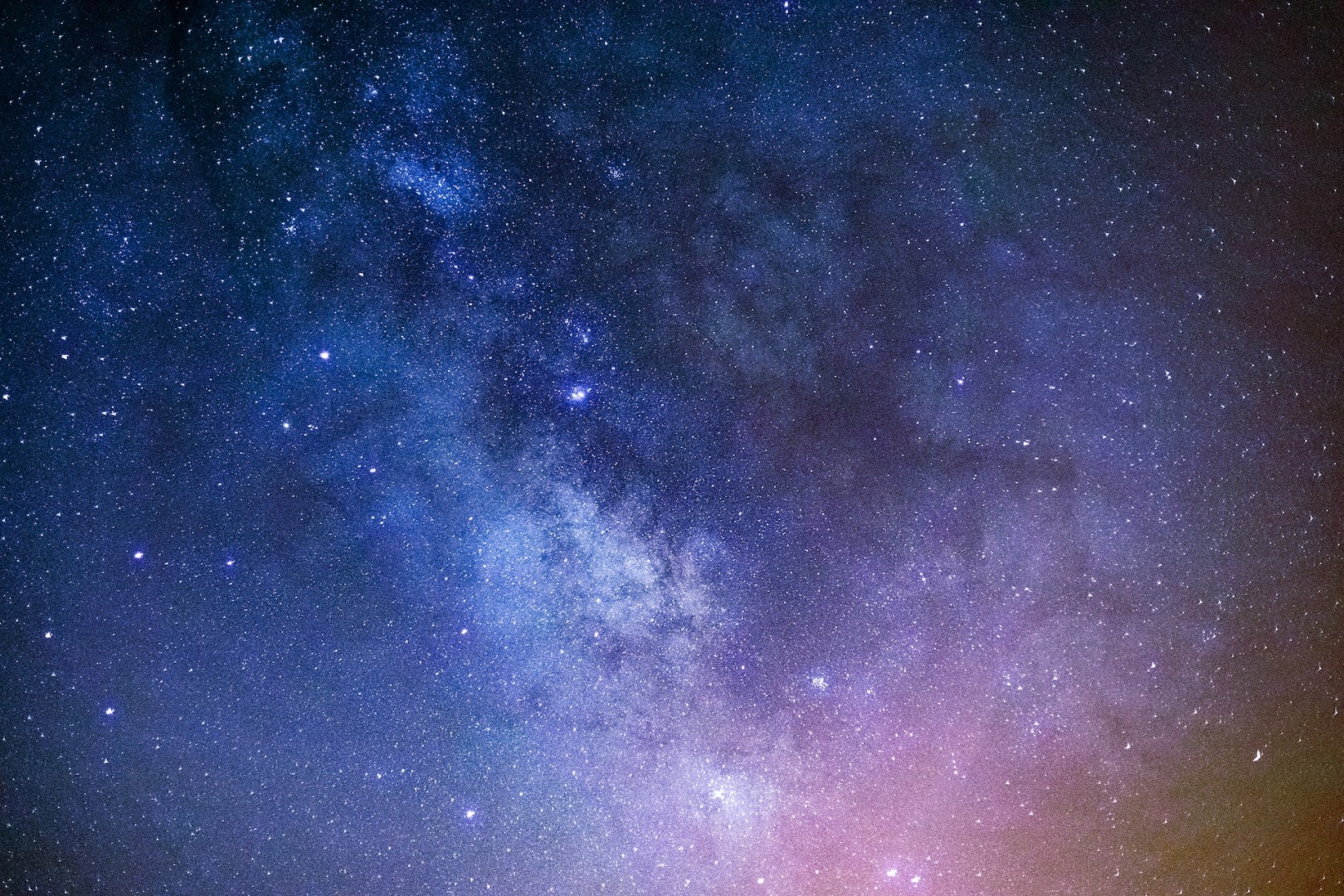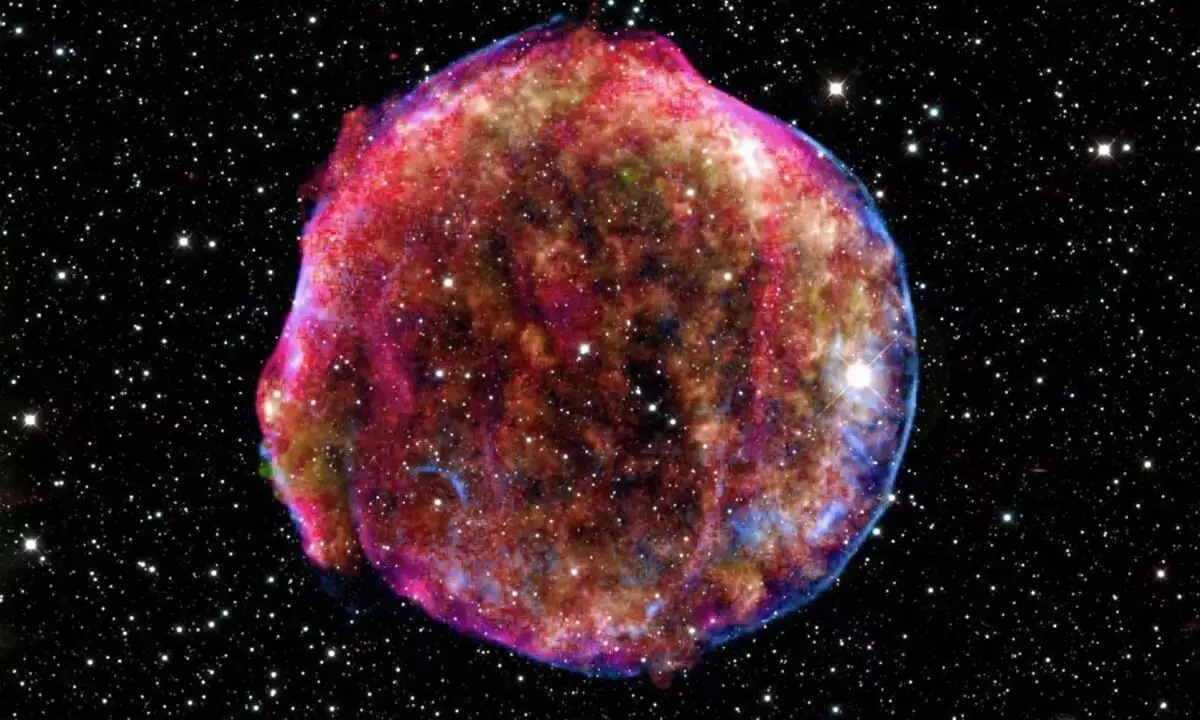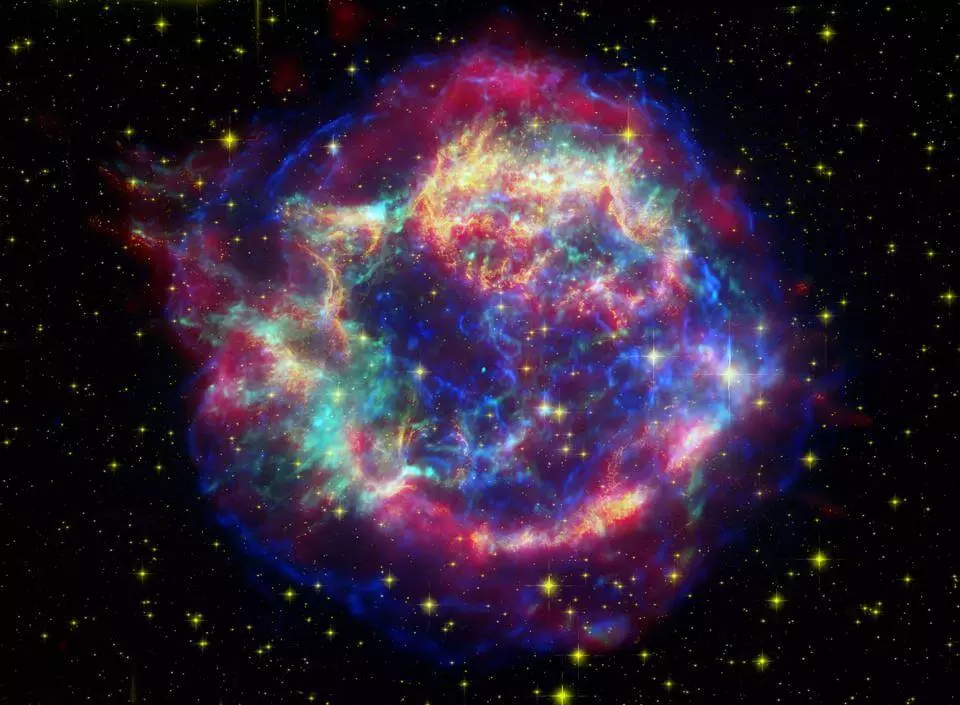Comments
- No comments found

When you stare at the night sky, you see stars as far as the eye can see.
Most of these twinkling lights are billions of years old — but even they don’t last forever. Small stars might expand into a red giant, consuming any planets unfortunate enough to be in near orbit. Large stars are destined for a more violent end, exploding into a supernova before collapsing into a neutron star or even a black hole.
Here is a closer look at the life cycle of a star and an exploration of what might lead it to become a supernova. Then, take a peek at the beautiful supernova remnant nebula they leave behind.

When a star dies violently, it leaves a mark in the universe known as a supernova remnant. These nebulae are made up of matter ejected by the explosion, but despite their somewhat traumatic origins, they can be stunning. Here’s a closer look at some of the most beautiful supernova remnants in the universe.
The Crab Nebula is probably the most well-known supernova remnant. While humans didn’t know about it then, early Chinese astronomers likely witnessed its creation in 1054. Accounts of the time mention a ‘guest star’ that lit up the sky for nearly a month, so bright it was even visible during the day. Modern researchers have pinpointed that guest star to the supernova that created the Crab Nebula.
In addition to the beautiful nebula, there is a rapidly spinning neutron star at its core. This pulsar rotates so swiftly that it appears to flash or pulse up to 30 times per second.
The Veil Nebula is one part of the Cygnus Loop, a massive supernova remnant that dates back roughly 10,000 years. The star that died to create this remnant was likely 20 times larger than the Sun, burning hot and dying young as these massive stars tend to do. The Veil Nebula is the only easily visible portion of the loop, but its delicate tendrils of ionised gas are a marvel to behold, more than 2,100 light years away from Earth.
In 2021, astronomers spotted the largest supernova remnant in the known universe. Dubbed the Antlia Remnant, this enormous nebula is 40 times larger than the full moon observed in the sky and more than three times as large as the last remnant to hold this title. Astronomers have observed around 300 supernova remnants in the Milky Way, but this one is by far the largest as well as one of the most beautiful.
You can see another massive and beautiful supernova remnant in the constellation Vela. The Vela Remnant was previously considered the largest in the galaxy before the discovery of the Antila Remnant. In addition to showing some of the most beautiful nebulae in the night sky, this remnant has another claim to fame — the first recorded observation that a supernova could collapse into a neutron star.
Cassiopeia A is another well-known supernova remnant that may stun you with its beauty. Its almost perfectly circular shape is unique in the cosmos, but it’s the information collected by the Chandra X-ray Observatory astronomers were most excited about. Each element in the nebula appears in a different colour, giving them an idea of what might be left over after the death of a star. In this case, silicon appears in red, sulphur in yellow, calcium in green and iron in purple. Finally, the blue represents the high-energy x-rays emitted by the initial blast wave.

In the early days of studying supernovae, people classified them into two broad categories — Type I and Type II. They categorised them by looking at a supernova’s spectra. If it contained hydrogen, it was a Type I. All those that did not were Type II.
As people have learnt more, they’ve identified supernovae with more nuance. Now, instead of identifying supernovae based on the presence or absence of hydrogen, individuals look at the supernova’s light curve. A light curve graph represents a supernova’s brightness over time.
Astronomers now have three categories for Type I supernovae — Type Ia, Ib and Ic. Here’s a closer look at each one.
Type Ia supernovae are also called thermonuclear supernovae. They always occur in binary solar systems or those with two stars orbiting each other. A Type Ia supernova can only form if one of the stars is a white dwarf. The other is often a star with low mass, such as a sun or sometimes a red giant star. However, Type Ia supernovae may also form when two white dwarf stars collide.
The white dwarf has a gravitational force that allows it to pull material from the other star onto itself, gradually increasing its mass. Once the white dwarf’s mass reaches 1.44 solar masses, it becomes unstable and explodes into a Type Ia supernova.
Type Ib and Ic supernovae form when a massive star collapses due to gravity. Such events are called core-collapse explosions. These stars no longer have their outer envelopes, which contain most of the hydrogen. Thus, astronomers classify them as Type I supernovae. However, Type Ib supernovae have helium layers.
Type Ic supernovae form the same way as the Type Ib variety, but they no longer have hydrogen or helium layers. There are also broad-lined Type Ic supernovae, which astronomers identify by the presence of broad lines in their spectra. These supernovae also typically have higher kinetic energy than the non-broad-lined type.
Type II supernovae have hydrogen in their spectra. Plus, their light-curve shapes differ from those seen with Type I supernovae. They form from core-collapse explosions but keep both their hydrogen and helium layers. There’s nothing left after a Type Ia supernovae explosion. However, once a Type II supernovae explosion happens, they typically form ejected stellar material that surrounds a neutron star, pulsar or black hole. The ejected material is rich in heavy elements.
The death of a star might seem tragic, but it’s not the end of the story. The explosion takes all the leftover gasses and elemental particles. It throws them out into the universe, where they can slowly — over billions of years — consolidate into a new molecular cloud. Over time, the cycle starts again, with the clouds forming protostars. A supernova isn’t the end — you just won’t be around long enough to see that death gives birth to new life.
Scientists are also making impressive progress in learning more about supernovae. In one recent instance, they discussed the possibilities for observing and possibly predicting supernovae explosions before they occur.
The supernovae scientists are spotting today have often been long-dead for millions or even billions of years. Studying these lets humans look back in time in a way. Looking backward might seem counterintuitive, but sometimes you must take a step back to launch yourself into the future.
Emily Newton is the Editor-in-Chief of Revolutionized. She is a science and technology journalist with over three years covering industry trends and research.
Leave your comments
Post comment as a guest